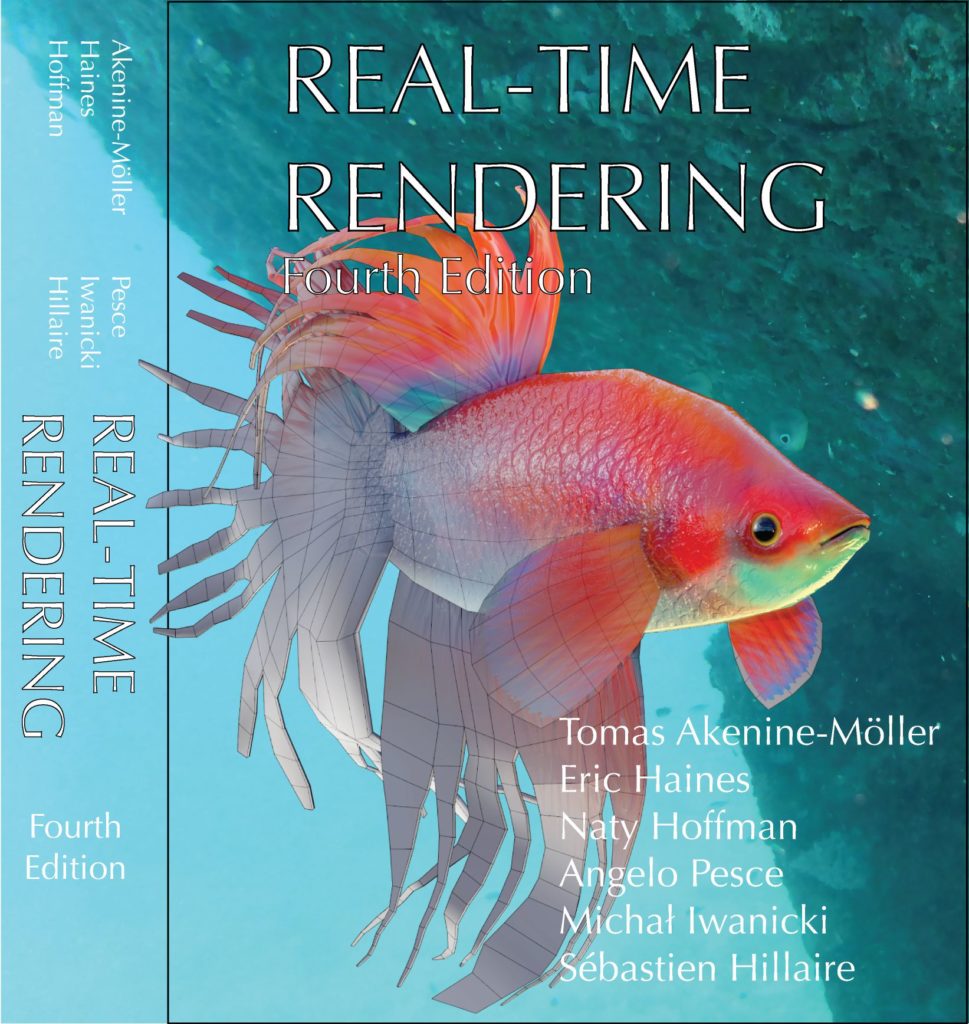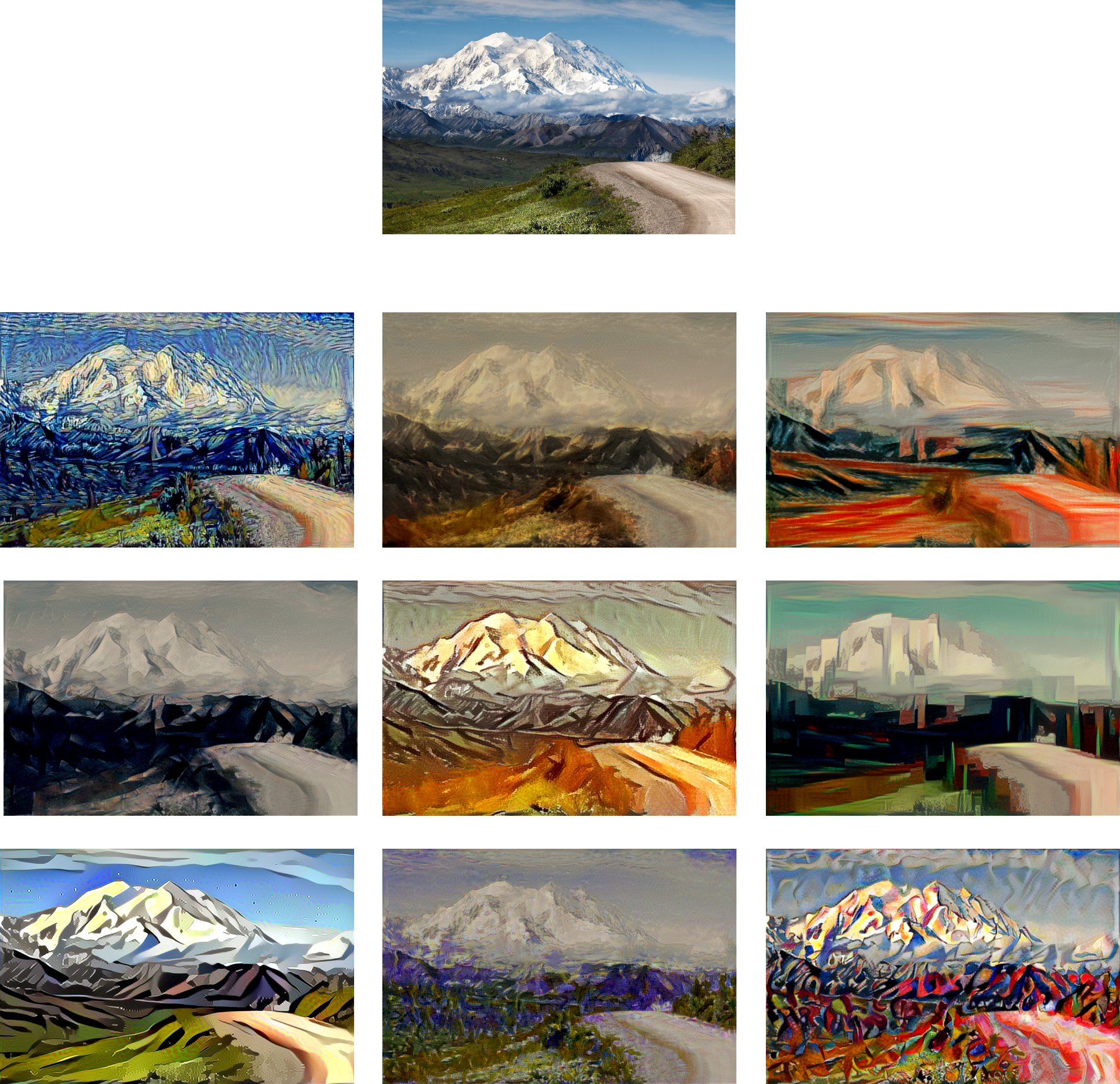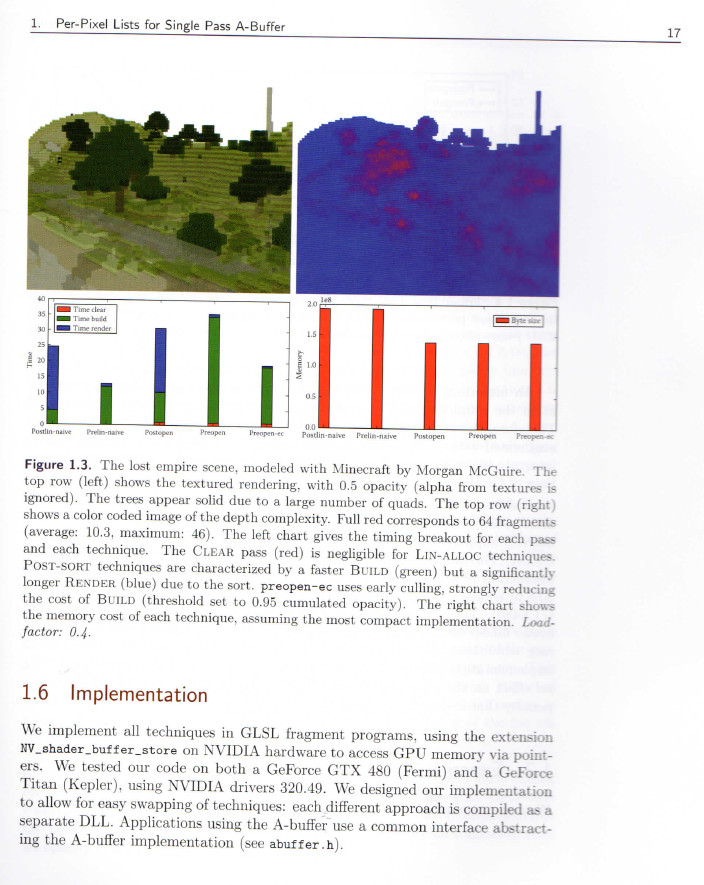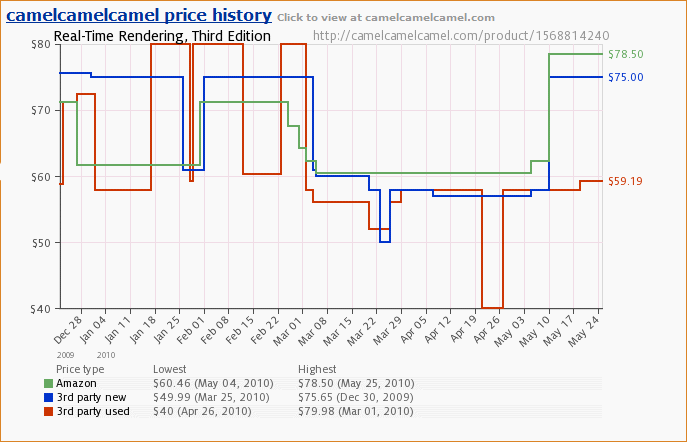As announced today at the Games Developers Conference by CRC Press / Taylor & Francis Group (booth 2104, South Hall – I’m told there’s a discount code to be had), we’re indeed finally putting out a new edition of Real-Time Rendering. It should be out by SIGGRAPH if all goes well. Tomas, Naty, and I have been working on this edition since August 2016. We realized that, given the amount that’s changed in area lighting, global illumination, and volume rendering, that we could use help, so asked Angelo Pesce, Michał Iwanicki, and Sébastien Hillaire to join us, which they all kindly and eagerly did. Their contributions both considerably improved the book and got it done.
If you want me to just shut up and tell you where to pre-order, go here. You’ll note the lack of cover, and lack of the new three authors. Those’ll get fixed once there’s a more official launch, and official pricing. I suspect the price won’t go down (which is a hint, and you can cancel later if I’m wrong; which reminds me, you should also book a room now for SIGGRAPH if you have the slightest chance of going, since you can also cancel up until July 22 without penalty).
One reason for no cover is that we’re still evaluating them. At the GDC booth you’ll see this artwork used:

This is a lovely, colorful model by Elinor Quittner. You can see the interactive model here, and definitely check out the Model Inspector feature on that page by clicking the “I” key (or the “layers” looking icon in the lower right) once the model’s loaded. I love this feature in Sketchfab, that you can examine the various elements. All that said, we’re still examining a number of other cover possibilities. Me, I’m happy we get to show off this potential design here now.
Back to the book itself. Let’s look at page count:
- First edition, published 1999, 482 pages
- Second edition, published 2002, 864 pages
- Third edition, published 2008, 1045 pages
- Fourth edition, to be published 2018, 1269? pages (1356?, including online)
This new edition is probably a worst-kept secret, in that anyone searching “Real-Time Rendering, 4th edition” on Amazon would have found the entry months ago, and CRC put it on their site some time before March 11. Also, doing a quick count just now, not including the editorial staff, 178 people helped us out in some way: reviewing sections or chapters, providing images, or clarifying concepts. The kind and generous support we’ve received is one of the reasons I love this field. There’s competition between companies, between research teams, and all the rest, it’s part of the landscape. But, underlying this “red in tooth and claw” veneer of competition, most everyone we asked genuinely wanted to share their knowledge and labor to help others understand how things work. I hope it’s the same in other fields, but I know it’s true for this one.
The progression of 3 years between 1st and 2nd, 6 between 2nd and 3rd, and 10 between 3rd and 4th is a reflection not so much of the length of time it takes for each new edition (which has indeed steadily increased), but rather how long it takes us to forget all the stress and pain involved in making a new edition. As a data point, our Google Doc of new references since the last edition is around 170 pages long, and does not include references we could easily dismiss, nor those we ran into later when more closely reading and writing. Each page has about 20 references on it (some duplicated among chapters), about 3200 in all. In the fourth edition we added “only” 1151 new references, and deleted 508 older ones, for a final total of 2059 references (this does not include references on collision detection – more on that in a minute).
We could have added all 3200 and more, but instead focused on that which sees use in applications, or is newest and presents a good overview of the state of the art in its area. The field has simply become far too large for us to cover every piece of research, and doing so would have been a disservice to most readers. On the other end of the spectrum, we have continued to avoid API-specific information and code, as there are plenty of books, repositories, and articles describing these – this website points to many of them (and will be updated in the coming months). We aim to be a guide to algorithms for practitioners.
To conclude, here’s the list of chapters:
1 Introduction
2 The Graphics Rendering Pipeline
3 The Graphics Processing Unit
4 Transforms
5 Shading Basics
6 Texturing
7 Shadows
8 Light and Color
9 Physically-Based Shading
10 Local Illumination
11 Global Illumination
12 Image-Space Effects
13 Beyond Polygons
14 Volumetric and Translucency Rendering
15 Non-Photorealistic Rendering
16 Polygonal Techniques
17 Curves and Curved Surfaces
18 Pipeline Optimization
19 Acceleration Algorithms
20 Efficient Shading
21 Virtual and Augmented Reality
22 Intersection Test Methods
23 Graphics Hardware
24 The Future
If you have a great memory, you’ll notice that the “Collision Detection” chapter from the 3rd edition is missing. We have a fully-updated chapter on this subject for the 4th edition. However, the page count was such that we decided to distribute it, along with the two math-related appendices in the 3rd edition, as online chapters free to download (Collision detection is not strictly a part of real-time rendering, but is an area we think is fascinating and where a fair bit of change has occurred – about 40% of the chapter is new material). We’ll be formatting all of these resources into PDF files nearer to release.
Because I have an addiction to text manipulation and analysis programs (more on that in a future blog post), I did some measures of how much the fourth edition is different than the third. The highly-precise but who knows how accurate number I computed was 59.81% new material by lines changed. By further weighting using the character count, I get a value of 68.99% new. These are probably high – if you change a word in a sentence, or even just join two lines into one, the whole line is considered new – but the takeaway is that a lot has changed in the past decade. We’ve learned a huge amount from writing the book, and by SIGGRAPH look forward to sharing it with you all.






